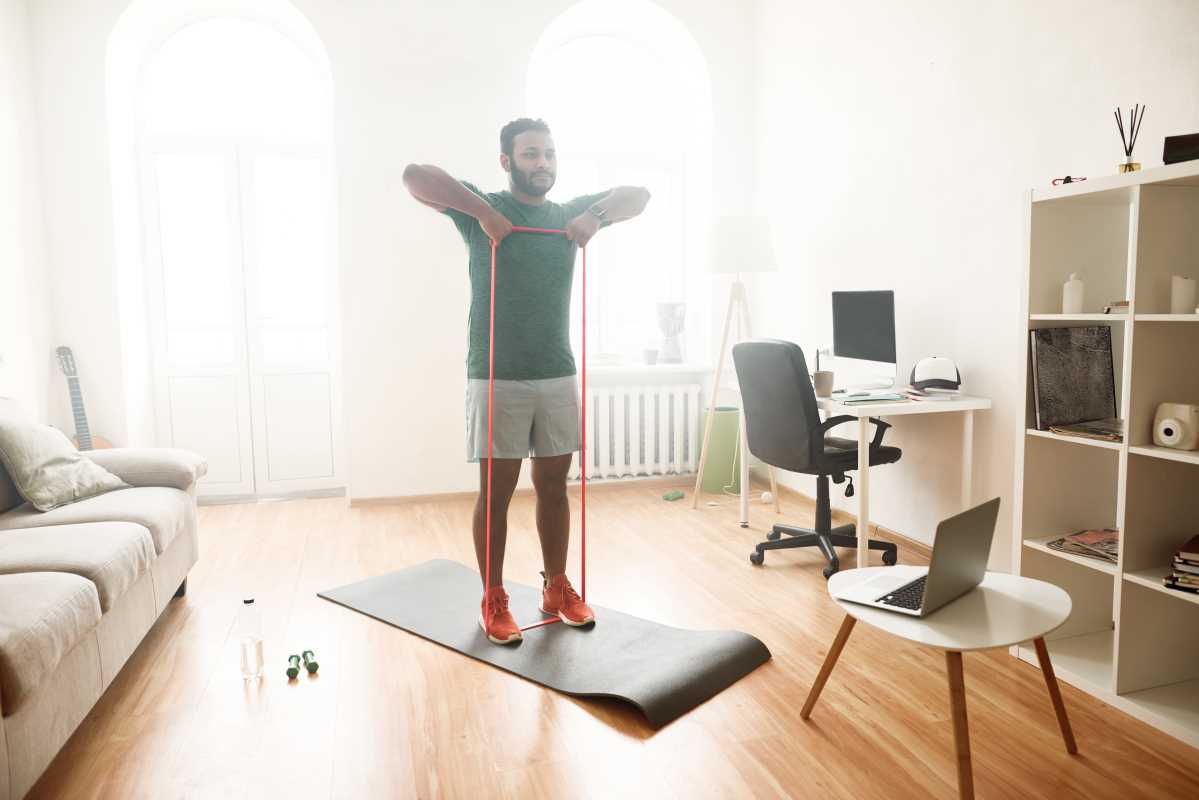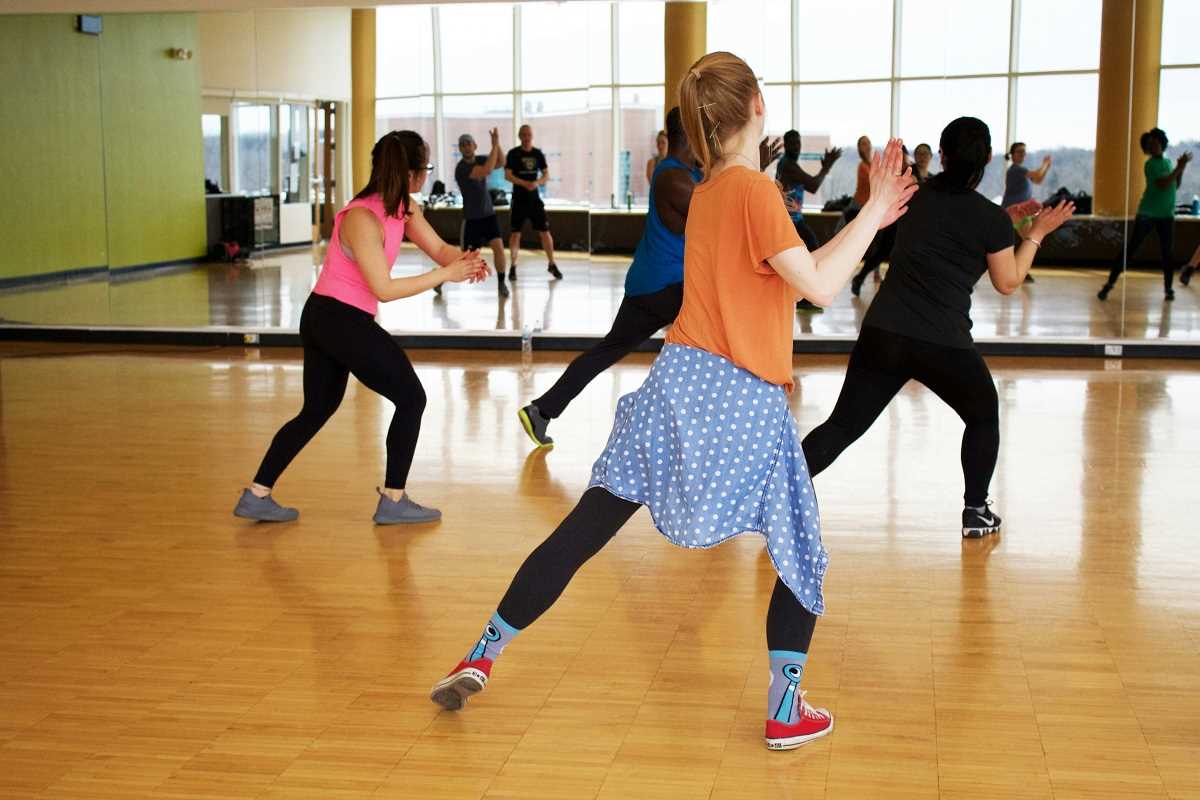Living with chronic pain can make the idea of exercise feel out of reach. But movement is often a powerful tool in managing pain and improving quality of life. The key lies in selecting low-impact exercises that are gentle on the joints while still providing physical and mental benefits. Activities like swimming, yoga, tai chi, and walking are excellent options for people with chronic pain. These exercises promote flexibility, strength, and relaxation without placing undue stress on the body. If you’re ready to get moving safely, read on for practical fitness ideas tailored to your needs.
Why Exercise Matters for Chronic Pain
For many, chronic pain leads to reduced mobility, muscle weakness, and even emotional challenges like anxiety or depression. Exercise can break that cycle. Research shows that regular, tailored physical activity enhances circulation, releases endorphins (the body’s natural painkillers), and helps maintain joint function. Low-impact exercises, in particular, minimize the risk of injury while offering these benefits.
Before starting any fitness routine, it’s crucial to consult with a healthcare provider. A doctor or physical therapist can provide guidance on the types of exercise that are best suited to your condition and help customize modifications if necessary.
1. Swimming
Swimming is often referred to as a "pain-friendly" exercise, and for good reason. The buoyancy of water reduces pressure on joints, allowing for fluid, pain-free movements. The natural resistance offered by water helps strengthen muscles without the need for weights, and it’s suitable for people with arthritis, fibromyalgia, or back pain. Swimming also improves cardiovascular health, helps maintain a healthy weight, and can leave you feeling refreshed and rejuvenated.
Getting Started:
You’ll need access to a pool and a comfortable swimsuit. If lap swimming feels daunting, water aerobics or simply walking in shallow water can be a gentle starting point. Begin with sessions lasting 15-20 minutes, two to three times a week, gradually increasing the duration as your endurance builds. Don’t forget to pace yourself and avoid overexertion. Warm water pools, often available at physical therapy centers, can be especially soothing for pain relief.
2. Yoga
Yoga offers a combination of gentle stretching, breathing exercises, and relaxation techniques that make it perfect for managing chronic pain. By improving flexibility, balance, and core strength, yoga helps prevent stiffness and reduce discomfort. Perhaps even more importantly, it encourages mindfulness and reduces stress, which can amplify pain perceptions. Restorative and chair yoga are particularly well-suited for individuals with limited mobility.
Getting Started:
Start with beginner-friendly yoga styles like Hatha, restorative, or Iyengar yoga, which focus on slow movements and proper alignment. A mat and comfortable clothing are helpful, but you may also use a chair for additional stability. If you attend a class, inform the instructor about any specific pain or limitations so they can suggest modifications. Online yoga sessions tailored for chronic pain are also an excellent option. Aim to dedicate 10-20 minutes a few days a week to yoga, progressing as your comfort level expands.
3. Tai Chi
Tai Chi, often described as "moving meditation," is a low-impact martial art designed to promote balance, flexibility, and a sense of inner calm. It involves slow, intentional movements paired with deep breathing, which can ease tension and improve circulation. Tai Chi is particularly beneficial for conditions involving chronic pain, such as fibromyalgia, osteoarthritis, or general musculoskeletal discomfort.
Getting Started:
Tai Chi requires no special equipment—just comfortable clothing and a clear space to move. Beginners should start with short, guided sessions available online or sign up for local classes, especially ones designed for health and wellness purposes. A 10-15 minute routine can quickly improve your posture and help you feel more centered. Over time, you can gradually extend to 30 minutes or more.
4. Walking
Walking may seem like a simple exercise, but when done consistently, it can be remarkably effective at managing chronic pain. It’s easy on the joints, helps maintain bone density, and improves cardiovascular health. Additionally, walking outdoors offers benefits for mental health, thanks to exposure to fresh air and sunlight.
Getting Started:
All you need to begin is a pair of supportive walking shoes. Begin at a pace that feels manageable—whether it’s five minutes around the block or a stroll around the house. Slowly increase your duration as you become more comfortable. Consider using walking poles for extra stability if balance is an issue. Consistency is key—a 10-15 minute walk, several days a week, can make a difference over time.
Tips for Safe and Effective Exercise
Managing chronic pain means listening to your body and adapting as needed. Here are some general tips to ensure your fitness routine remains safe and effective:
- Start Slowly: Avoid jumping into long or intense workouts. Gradually build your stamina to prevent overexertion or flare-ups.
- Warm Up and Cool Down: Begin and end each session with gentle stretching to loosen muscles and reduce stiffness.
- Watch Your Posture: Proper alignment minimizes undue strain on muscles and joints. Pay attention to your body’s positioning, especially during yoga or tai chi.
- Modify When Necessary: Modify exercises to suit your abilities and pain levels. It’s better to do less and maintain proper form than to push through discomfort.
- Use Assistive Tools: Use props like blocks, straps, or even chairs to make exercises easier and more accessible.
- Take Breaks: If you feel tired or experience a spike in pain, rest. Pushing through pain is counterproductive.
- Hydrate and Fuel Up: Drink water before, during, and after exercise, and eat nutritious foods to support your recovery.
The Psychological Benefits
Beyond the physical relief, low-impact exercises can positively affect mental health. Chronic pain often takes an emotional toll, leading to anxiety or depression. Activities like yoga, swimming, or tai chi encourage relaxation, improve mood, and provide a sense of accomplishment. Regular movement also fosters better sleep, which is critical when managing pain.
Living with chronic pain doesn’t mean giving up on fitness. By incorporating low-impact exercises like swimming, yoga, tai chi, and walking into your routine, you can reclaim some control over your comfort and mobility. Always take it step by step, listen to your body, and consult healthcare professionals for tailored advice. Over time, these gentle movements can help you build strength, alleviate discomfort, and boost your overall well-being. You’ve got this—every small effort is a step toward a healthier, empowered version of you!
 (Image via
(Image via





